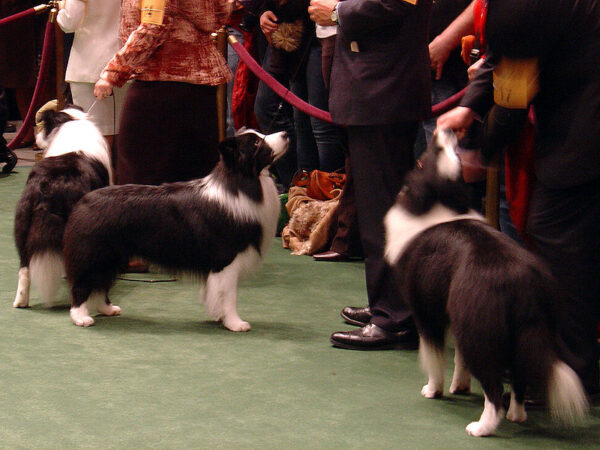
It’s a provocative question but not a facetious one. The thought came to me while having lunch recently with an old friend who was instrumental in making two once-celebrated Boston area restos destinations for wine enthusiasts — the waterfront’s Anthony’s Pier 4 and Newton’s Pillar House — more than forty years ago.
The subject was some Chablis that my Formaggio Kitchen colleague James Hull and I tasted earlier in the day from Jean-Marc Brocard. Being the incorrigibly old school kind of guy he is, Bernie groused that not enough Chablis today tastes like Chablis. When I explained that I thought this Chablis did indeed taste like Chablis he seemed pleased. For him, the sine qua non of wine quality is that it taste like what it is.
This is a pretty pervasive idea, and not just for guys of Bernie’s generation. The entire appellation system (there are a few exceptions) exists to support the idea. This is why there are such detailed rules about how appellation wines can be made. Mandating where grapes can be planted, what varieties may used in what percentages, when fruit must be picked, in what quantities, what the resulting wine’s minimum alcohols must be, and how and for what duration it must be aged before release is a recipe for uniformity.
That’s the idea, after all — to give appellation wine — whether its Touraine or Rosso di Montalcino — a recognizable identity. When the process succeeds, wines display a marked similarity in the way they smell, taste, and feel within certain agreed-upon limits of variability (tasting panels help insure this). Wines that display an unusual intensity or brilliance of the replicated form are thought to be the most excellent examples of what they are.
It’s in this sense that we can make the comparison to the dog show. Among dog fanciers, breeding and judging are guided by the breed standards established by a governing authority — the American Kennel Club, for example. The goal is to see the written standards incarnated as closely as possible in an individual animal. It’s the aim of breeders to produce dogs that conform to this standard. Judges use conformity to the standard as the basis for acknowledging champions. Consumers (the people who buy dogs for pets) are impressed by bloodlines that include dogs with show ribbons.
You can view the AKC breed standard for the Labrador Retriever here. I leave it to you to ponder the similaritiies to the French cahier des charges for AOP Touraine or the Italian disciplinare for DOC Rosso di Montalcino. It’s worth noting that it wasn’t that long ago that a favorite way for (British) wine writers to describe a wine of particular excellence was to say it had “breeding.”
It’s fair to say that typicity (the replication of form) in wine owes something to nature but it owes much more, I think, to the cultural consensus that develops over time concerning the shape the wine of a certain region should take. To the degree that winemakers, consumers, and critics consent to these standards the consensus is reinforced and perpetuated.
And each of these groups benefits in some way from the agreement they enter into. For my old friend, having a notion of the Chablis form allows him to make quality judgments about wine that would otherwise be quite a bit more difficult. For candidates studying for the Master of Wine or Master Sommelier title, familiarity with these consensus forms are an essential aspect of their learning. If the forms didn’t exist what would their special expertise consist of and what would the organizations who bestow these degrees have to sell?
Consensual forms, typicity, the structures of appellation law only work this way if they either remain stationary (or at least change very slowly) and everyone keeps replicating. Once winemakers start moving the reference points by departing from the norms all bets are off and the expertise consumers, somms, and critics spent years accumulating begins to feel far less useful.
A glass of turbid fizzy amphora-fermented un-sulfured orange vin de table, anyone?
Stephen Meuse can be reached at stephenmeuse@icloud.com